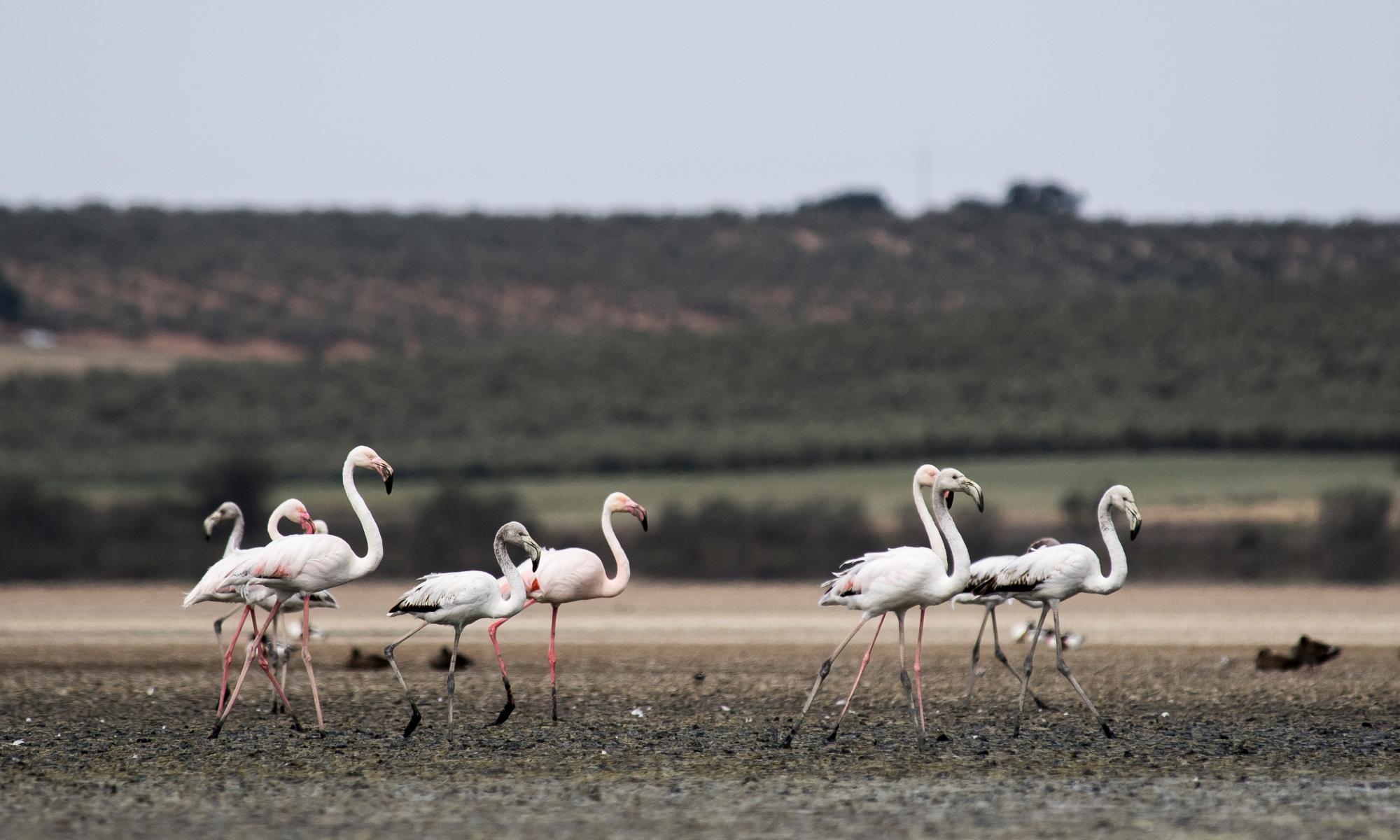Severe tropical cyclones are predicted to maintain intensity longer, dump more rain and shift polewards as the climate heats up, potentially putting millions more Australians in harm’s way, according to new research.
Scientists from IAG, Australia’s largest insurer, and the US National Center for Atmospheric Research predict “rapidly increasing risks” of damaging winds and major flooding from cyclones by the century’s end. South-east Queensland is among the regions under threat, the paper in the Weather and Climate Extremes journal found.
IAG’s Mark Leplastrier, an atmospheric scientist and one of the report’s authors, said the work simulated more than 25,000 years to overcome the limitations of a relatively short period of accurate cyclone readings.
It found the declining trend in the number of cyclones observed in the south-west Pacific in recent decades may be due to natural variability and could reverse.
“It’s showing that frequency may not back off, and the way [cyclone] intensity is shifting is really alarming,” Leplastrier said.
“We’ll shift to the more extreme stuff, both from wind and rain,” he said. “Those acting together can actually cause so much more damage.”
Australia’s cyclone season officially runs from November to April. The Bureau of Meteorology has forecast a 73% chance that more than the expected 11 tropical tempests will hit the Australian region this season.
La Niña years are usually associated with extra cyclones. But the past two seasons recorded below-average cyclonic activity and Australians will be hoping for a third sub-par La Niña year in a row.
Tropical cyclones are “by far the costliest” among natural hazards, the paper noted. “Without additional adaptations, global increases in population and infrastructure along vulnerable coastlines, as well as climate-induced changes to [cyclone] characteristics, will increase these losses significantly by the end of the 21st century.”
While cyclones in the Gold Coast region are rare – a trio between 1954 and 1974 are the most recent – they have accounted for some of Australia’s biggest losses for cyclonic damage.
Cyclone Seroja, an unusually southerly cyclone that crossed the West Australian coast in April 2021, wreaked “disproportionate damage”. That area has lower building standards than northern parts of the nation, the paper said.
“It is critical that the building regulatory authority considers this rapidly changing risk for homes and structures being designed and constructed now,” the paper, supported by IAG funding, found.
“The good news is we have the capacity to adapt,” Leplastrier said. “We know how to build better and cost-effectively.”
Warming sea-surface temperatures were a key driver for the projected changes to cyclone intensity. Typically, waters need to be about 26.5C for a cyclone to get going. Higher temperatures add to the energy available to sustain or increase their strength.
In the Queensland and northern NSW subregion, the average sea-surface temperature is about 24C, with only 1% of current cyclones experiencing waters warmer than 27.5C. That proportion will increase “substantially in future decades,” the modelling showed.
“[By] 2070 [cyclones] are projected to spend 50% of their time over such warm waters,” it said, adding that by 2100, “the current median temperature will become a rare event”.
The damage from severe cyclones of category 3 or stronger will also likely rise as they maintain that power for longer. The models showed the area of land along the east coast subject to category 5 storms will double, while the areas experiencing extreme rainfall will triple.
Prof Kevin Walsh, an expert in cyclones at the University of Melbourne, described the paper as “interesting”.
“The recent decrease in tropical cyclone numbers in our part of the world is, of course, well known and the idea that this trend might be reversed in the future is not out of the question,” Walsh said, adding that most other studies continue to project lower numbers in future.
Walsh noted the “rather large range of future projections” and the fact the models used simulate considerably fewer tropical cyclones than observed in the current climate “would tend to reduce confidence in the results”.
Still, “the possibility that current building design standards in coastal Queensland could be exceeded in future remains a potential outcome … along with projected increases in tropical cyclone rainfall,” he said.
The paper’s authors said their approach may have application for other regions, such as the west coast of Australia, the US Gulf Coast, and Japan. It might also be useful for exploring other high-impact weather events, such as mid-latitude cyclones.


